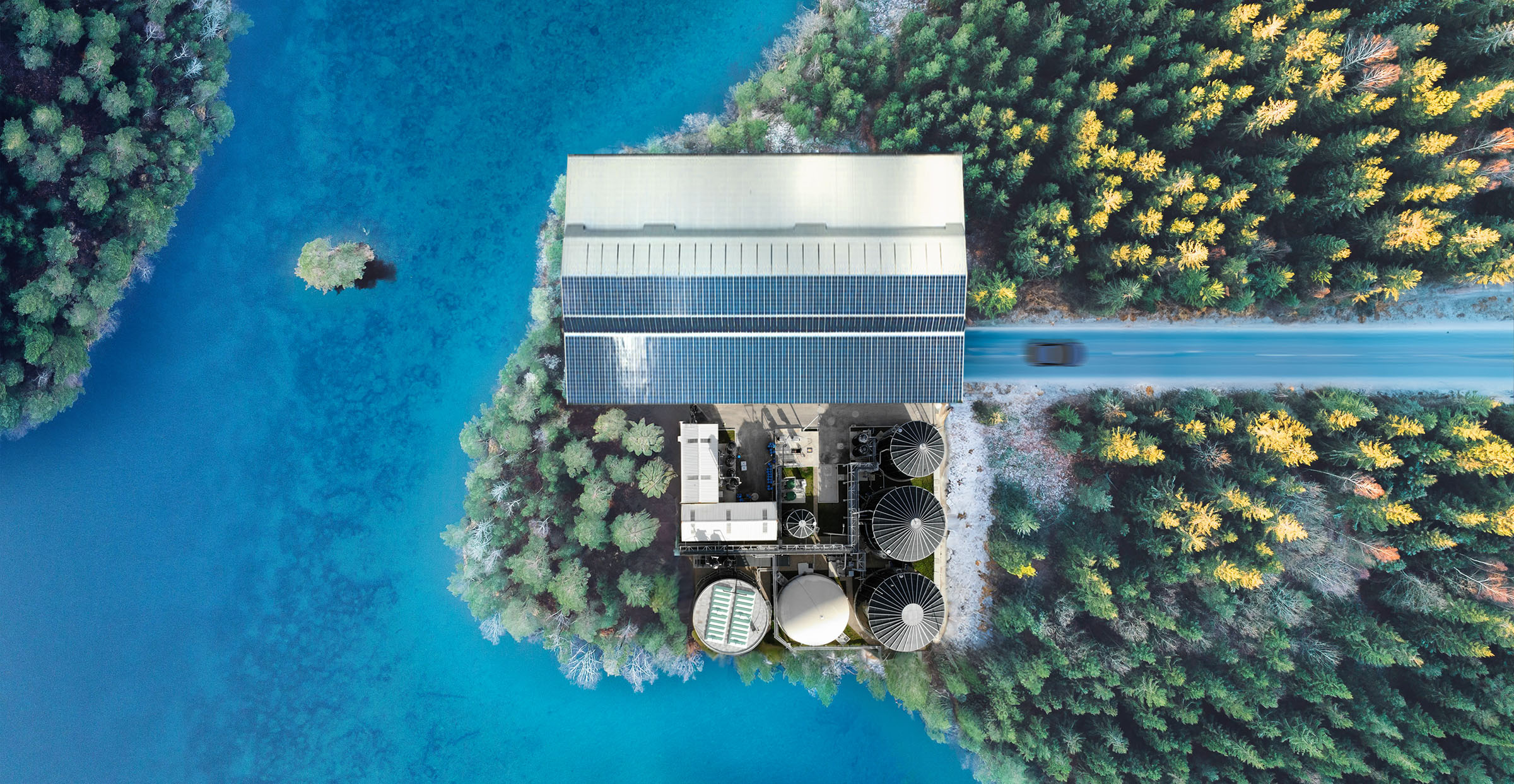Carbon Dioxide Removal is one of the most important tools we have to fulfill the
IPCC’s ambitious goal of staying below 1.5 degrees C of global warming. But do
the numbers add up? The mass of CO2 we need to remove each year is nearly
astronomical; what will it take to reach the required CDR capacity in time?
A Thousand Great Pyramids
One of the biggest problems presented by the climate crisis is that of scale.
Merely coming to terms with the sheer numbers used to describe the mass of greenhouse gases humanity needs to address is, in and of itself, a daunting task.
In the past, we’ve described the amount of CO2 that humanity will need to find ways to remove each year as “equivalent to the global annual production of the steel, cement and oil industries combined,” but that doesn’t really help most people construct a workable, intuitive sense of the scale of this monumental effort, even before we start discussing solutions.
The IPCC and other researchers have set an ambitious goal for us: by 2100, we need to remove about 730 billion tons of CO2 from the environment1.
730 gigatons of CO2 is such an astronomically mind-boggling number that it’s difficult to work with. More current research points us towards an easier number to swallow; with nature-based solutions taking up about half of the required capacity, engineered CDR efforts (that is, Carbon Dioxide Removal efforts relying on technological solutions, rather than natural processes like tree-planting) will need to remove a bit less than 5 billion tons of CO2 each year by 2050, for us to stay on track for 1.5 degrees.2
So how much is 5 billion tons?
For scale, the Great Pyramid of Giza’s weight is estimated at around 5 million tons3; take that, multiply it by a thousand, and you’ve got around the mass of CO2 we need to process and sequester each year. A thousand Great Pyramids, every year.
“Hang on a minute,” you might be thinking. “A thousand Great Pyramids is still way too big of a scale for me to comprehend.”
So let’s look at an even smaller goal. To stay on track for 1.5 degrees C, by 2030, we need to remove with engineered methods 240 million tons of CO2 each year2 – about 50 Great Pyramids.
That’s still a lot. But maybe it’s not that big of a problem, if we already have the infrastructure in place to remove CO2 at these scales, right?
The Numbers Don’t Add Up
Unfortunately, current global engineering-based CDR capacity is at about 10,000 tons/year, much less than an even not-so-Great Pyramid; scaling up in time is a problem, and with every year we stay under-capacity, the amount of CO2 that will require removal down the line grows significantly.
Looking at the capacity doubling times of the Solar PV industry, a climate-focused industry that has grown astoundingly quickly, we see that they stand at about 2.2 years4,5, which, if we carry out a basic logarithmic calculation, means we’ll need 32 years to reach the CO2 removal capacity required by 2030; far too long to make a relevant impact, even if we disregard growth limitations and constraints like resource availability and the adverse environmental effects of construction at these scales.
The facts paint a bleak picture; are our climate goals unrealistic? Are the scales we need to reach so great that staying below 1.5 degrees is simply unfeasible?
If we rely solely on new infrastructure, the answer seems to be ‘yes.’ The numbers simply don’t add up.
But perhaps there’s another way.
Short, Long, and Medium-Term Solutions
If we need to process a thousand Great Pyramids a year, and building new infrastructure will take too much time, perhaps there’s existing infrastructure that can be converted and redirected to take on this enormous task.
Luckily, we believe there is.
In the short term, continuing with established LULUCF-based CDR (Land Use, Land-use Change and Forestry – i.e forest planting, wetland restoration, and other nature-based solutions) is the most effective thing we can do. However, land is limited – and in high demand. This sets a cap on just how much CO2 LULUCF solutions can remove; one which we are very close to reaching. Sooner or later, engineering-based solutions will have to pick up the slack, but the infrastructure they require to function at scale will take a long time to build – time we don’t have. This means that the near-to-medium term requires a shortcut. How can we reach global-infrastructure scales, without building new infrastructure?
The solution may be closer than we think.
Old Infrastructure, New Uses
Since the dawn of civilization, humanity has been constructing infrastructure for the treatment and transportation of water. Water infrastructure is ubiquitous, extensive, and deals in volumes that far exceed the one thousand Great Pyramids we need to process each year. Most importantly, the water acts like a kind of carbon “sponge,’ and absorbs CO2 from the atmosphere until it is saturated.
Capturing even a fraction of this water-locked CO2 makes the “sponge” more absorbent and allows it to soak up more atmospheric CO2, providing the carbon removal shortcut we so desperately need to stay on track to meeting global climate goals.
According to OurWorldInData.org, in 2014, global freshwater withdrawals amounted to 4 trillion m3, or roughly 4,000,000,000,000,000 – four quadrillion – litres.
At a conversion rate of 1 kg of CO2 per 10,000 litres of water which we tested in our lab, that translates to 400 million tons of CO2/year – a little under one hundred Great Pyramids – far more than we need to reach our 2030 climate goals, even before we take into account the massive volumes of saltwater, brackish water and wastewater that pass through our pipes every day, and long before we consider dedicated installations built to deal with the massive volumes of water we’ll need to process to remove CO2 down the line.
Of course, converting our existing water infrastructure is no small feat – but it is possible and can be done much faster than building new infrastructure, especially if you can work with any type of water, and without the need to process it or change it in any way other than removing CO2 from it.
We Can Do It
The climate crisis has presented us with a problem of truly gargantuan scale. Solving it will not be easy, and will require the joint efforts of governments, researchers, and entire industries.
But it is not insurmountable.
Our solution is just one of many innovative technologies that are now emerging in the global climate tech sphere. Working hand in hand with regulators, industry leaders, and fellow innovators, we can reach the scales needed to address our climate goals in time. The task at hand is daunting, but its solution is closer than ever.
We’ve done the math, and now you have too.
We can do it.


